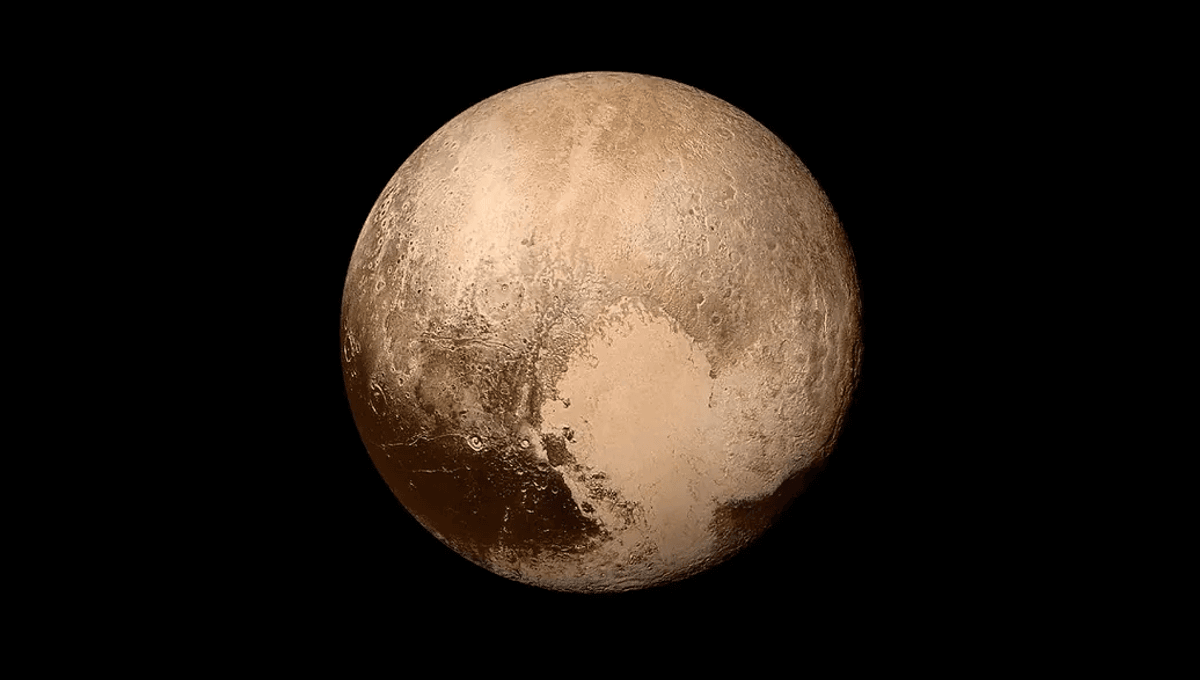
A new mathematical model provides insights into what may lie under the icy surface of the most famous dwarf planet: Pluto. Sputnik Planitia, the scientific name of its heart, looks dramatically different from the rest of the distant world. New modeling suggests what is likely to lie beneath it, and its properties.
When New Horizons flew past Pluto in July 2015, it took many pictures of the surface of the former planet. By looking at the cracks and bumps of Sputnik Planitia, researchers created a model of what the buried ocean is likely to be like.
They think that beneath the nitrogen ice surface, there is a shell of water ice 40 to 80 kilometers (25 to 50 miles) thick. This blanket of ice keeps the ocean from freezing over. The team also estimates that the salinity of the ocean is at most 8 percent above that of the ocean seawater on Earth. That’s similar to the density of Utah’s Great Salt Lake.
The modeling needs to take into account the many uncertainties we have about Pluto. But if the ocean were less dense, the ice shell would collapse, so there would be a lot more fractures visible in the ice. Equally, if the ocean were denser, the ice would show fewer cracks.
“We estimated a sort of Goldilocks zone where the density and shell thickness is just right,” author Alex Nguyen, from Washington University in St. Louis, said in a statement.
Before New Horizons got to Pluto, the idea of an ocean buried beneath Pluto seemed impossible. The dwarf planet is not big enough to have kept much heat from its formation. It is too far away from the Sun.
“Pluto is a small body,” added Nguyen. “It should have lost almost all of its heat shortly after it was formed, so basic calculations would suggest that it’s frozen solid to its core.”
A major collision billions of years ago created the ocean, and the gravitational dance between Pluto and its moon Charon might help keep it that way – but not alone. Chemical compositions, as well as the geological suggestions presented in this work, all come into play to explain how such an ocean can survive for so long on such a frigid world.
The study is published in the journal Icarus.
Source Link: Pluto’s Heart Hides An Ocean As Dense As Utah’s Salt Lake